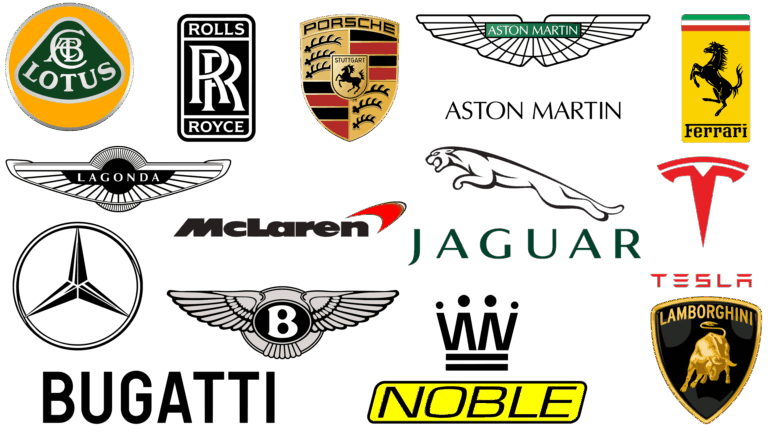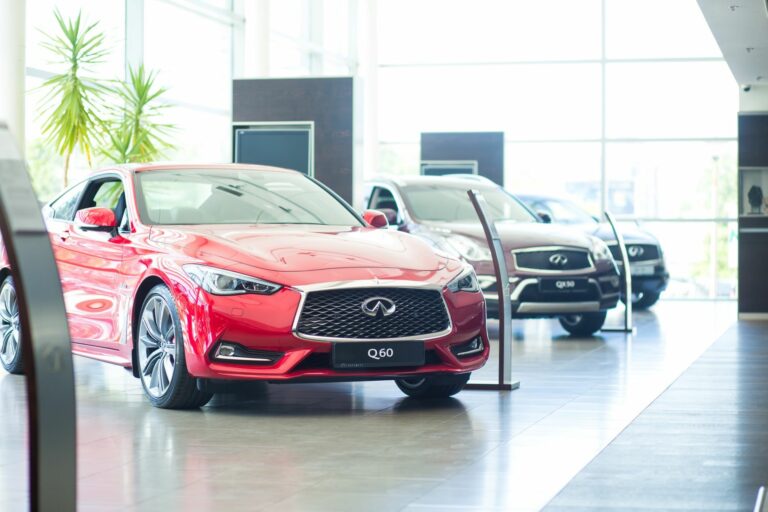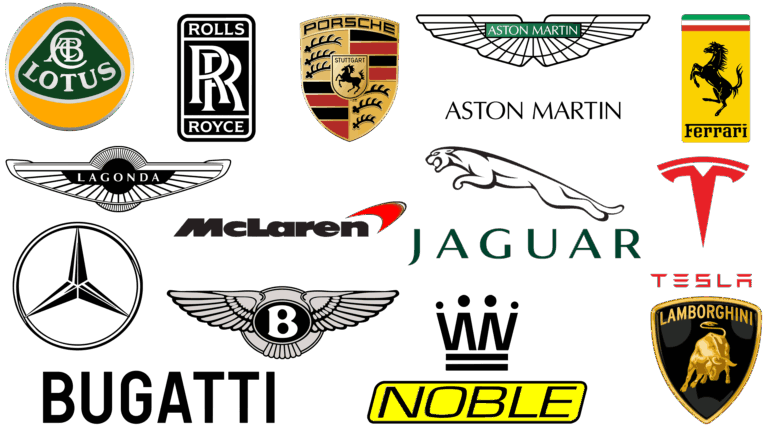Brand New 2018 Cars: A Look Back at Automotive Innovation and What Defined the Model Year
Brand New 2018 Cars: A Look Back at Automotive Innovation and What Defined the Model Year cars.truckstrend.com
The automotive world is in a constant state of evolution, with manufacturers annually unveiling new models, significant redesigns, and groundbreaking technologies. While the term "brand new" typically refers to vehicles fresh off the assembly line in the current model year, the phrase "Brand New 2018 Cars" takes us back to a specific and pivotal moment in automotive history. This article delves into what made the 2018 model year unique, exploring the trends, innovations, and standout vehicles that captivated buyers and shaped the industry just a few years ago. Understanding the landscape of 2018 offers valuable insights into the rapid advancements we’ve witnessed and helps contextualize the cars that are now common sights on our roads.
The Automotive Landscape of 2018: A Snapshot of Innovation
Brand New 2018 Cars: A Look Back at Automotive Innovation and What Defined the Model Year
The 2018 model year arrived at a time of significant transition for the automotive industry. Consumer preferences were rapidly shifting, technology was becoming increasingly integrated into vehicles, and the push towards greater fuel efficiency and alternative powertrains was gaining momentum.
Key Trends and Innovations:
- The SUV and Crossover Boom: This trend was in full swing by 2018, with sedans steadily losing market share. Manufacturers responded by introducing new crossover models, expanding existing SUV lineups, and even phasing out less popular car models to make way for more versatile, higher-riding vehicles. Consumers increasingly favored the commanding view, cargo capacity, and perceived safety benefits of SUVs.
- Advanced Driver-Assistance Systems (ADAS) Becoming Mainstream: Features like automatic emergency braking, adaptive cruise control, lane-keeping assist, blind-spot monitoring, and rear cross-traffic alert were no longer exclusive to luxury vehicles. Many mainstream models began offering these as standard or widely available options, significantly enhancing safety and driver convenience.
- Infotainment and Connectivity: Apple CarPlay and Android Auto had become must-have features, allowing seamless smartphone integration. Larger touchscreens, improved voice recognition, and in-car Wi-Fi hotspots were also common, transforming the driving experience into a more connected one.
- Electrification on the Horizon: While fully electric vehicles (EVs) were still niche, hybrid options were abundant, and more manufacturers were announcing ambitious plans for electrification. The 2018 Nissan Leaf, with its significantly increased range, and the continued ramp-up of Tesla Model 3 production, were clear indicators of the electric future.
- Focus on Fuel Efficiency: Despite the growing popularity of larger vehicles, stringent fuel economy standards continued to drive innovation in powertrain efficiency. Turbocharged smaller engines, advanced transmissions (like 8-speed and 10-speed automatics, and CVTs), and lightweight materials were employed to boost MPG across vehicle types.
- Refined Interiors: Even in non-luxury segments, interiors saw significant upgrades in material quality, design, and ergonomics, aiming to provide a more premium feel.

Key Segments and Standout Models of 2018
The 2018 model year saw a mix of revolutionary redesigns, incremental updates, and brand-new entrants. Here are some of the most notable vehicles across key segments that were considered "brand new" at the time:
-
Mid-size Sedans (Still Strong, Though Fading):
- Honda Accord (Redesigned): A significant overhaul introduced a sleeker design, turbocharged engines, and more standard safety tech, earning widespread acclaim.
- Toyota Camry (Redesigned): Riding on a new platform (TNGA), the Camry shed its conservative image for a more aggressive, sporty look and improved driving dynamics.
- Mazda 6: Offered a more premium experience with refined driving dynamics and an available turbocharged engine.

-
SUVs and Crossovers (The Dominators):
- Subaru Ascent (All-New): Subaru’s first large 3-row SUV, designed specifically for the North American market, quickly became a popular family hauler.
- Jeep Wrangler (JL Redesign): The iconic off-roader received its first major redesign in over a decade, retaining its legendary capability while adding modern comforts and technology.
- Honda CR-V / Toyota RAV4: Both continued their reign as segment leaders, offering practical, reliable, and efficient compact SUV options.
-
Trucks (Perpetual Best-Sellers):
- Ford F-150: Continued to lead sales with powertrain updates and new tech features.
- Ram 1500: While a full redesign arrived for 2019, the 2018 model was still a strong contender, known for its comfortable ride and robust capability.
-
Sports Cars and Performance Vehicles:
- Ford Mustang: Received a facelift, more powerful engines, and an available 10-speed automatic transmission.
- Porsche 911 GT2 RS: A high-performance, limited-production track monster for enthusiasts.
-
Hybrids and Electric Vehicles (The Future Unfolding):
- Nissan Leaf (Redesigned): Boasted a more conventional look, significantly increased range (150 miles), and Nissan’s ProPilot Assist semi-autonomous driving system.
- Tesla Model 3: Production ramped up, making this more affordable EV available to a wider audience, though still with significant wait times.

What to Look for in a "Brand New" 2018 Car (When it was new)
For someone buying a brand new car in 2018, the considerations were different from purchasing a used vehicle. The allure of a new car included:
- Full Manufacturer Warranty: This provided peace of mind, covering major components for several years/miles.
- Latest Technology and Features: Access to the most up-to-date infotainment, safety systems, and connectivity options.
- No Prior Wear and Tear: A pristine vehicle with no history of accidents, previous owners, or unknown maintenance issues.
- Customization Options: Ability to choose exact trim levels, colors, packages, and accessories directly from the factory.
- New Car Smell: A seemingly trivial but often cherished aspect of a brand new vehicle.
- Financing Incentives: Manufacturers and dealers often offered competitive APRs, lease deals, and cash back offers to move new inventory.
When considering a 2018 model, buyers would have researched:
- Safety Ratings: IIHS Top Safety Pick and NHTSA 5-star ratings were crucial.
- Fuel Economy: EPA estimates for various powertrains.
- Infotainment Usability: How intuitive and feature-rich the system was.
- Driving Dynamics: Ride comfort, handling, and engine performance.
- Reliability Projections: Based on brand reputation and early reviews.
Important Considerations for the 2018 Model Year
Beyond specific models, the 2018 model year represented a maturation of several automotive trends:
- Standardized Safety: The push for standardizing ADAS features gained significant traction. Many manufacturers made features like automatic emergency braking and lane departure warnings standard or widely available even on base trims.
- Engine Downsizing and Turbocharging: To meet efficiency targets without sacrificing power, smaller displacement engines with turbochargers became increasingly common, offering a balance of performance and fuel economy.
- Platform Modernization: Many 2018 vehicles were built on newer, more rigid, and lighter platforms, contributing to improved driving dynamics, safety, and efficiency.
- Connectivity Services: Telematics systems (like OnStar, Uconnect, HondaLink) offered emergency assistance, remote vehicle access, and diagnostic reporting, often with subscription services.
The Legacy of 2018 Models: From New to Used
Fast forward to today, and "Brand New 2018 Cars" are now seasoned used vehicles. However, their original status as cutting-edge models means many of them continue to be excellent purchases on the used market.
Benefits of Buying a Used 2018 Model Today:
- Significant Depreciation Taken: The steepest part of the depreciation curve has already occurred, offering a much better value proposition than buying new.
- Modern Features at a Lower Price: Many 2018 models come equipped with safety features, infotainment, and powertrain technologies that are still relevant and desirable today.
- Proven Reliability: Any initial kinks or widespread issues would likely have emerged and been addressed, with a wealth of owner reviews and long-term reliability data available.
- Variety and Availability: There’s a wide selection of 2018 models on the used market, making it easier to find a specific trim or color.
Practical Advice for Considering a 2018 Model Today:
- Thorough Inspection: Always get a pre-purchase inspection by an independent mechanic.
- Vehicle History Report: Obtain a CARFAX or AutoCheck report to check for accidents, service history, and title issues.
- Check for Recalls: Verify if any open recalls exist for the specific VIN and ensure they have been addressed.
- Test Drive Extensively: Assess the vehicle’s condition, functionality of all features, and overall driving dynamics.
- Evaluate Remaining Warranty: Some 2018 models might still have powertrain warranty coverage depending on mileage and original purchase date.
Price Table: Representative "Brand New" 2018 Cars (Original MSRP)
This table showcases a selection of popular 2018 models and their original manufacturer’s suggested retail prices (MSRP) when they were brand new, along with key features and typical fuel economy ranges. Please note that actual prices varied based on trim level, options, region, and dealer incentives.
| Model (2018) | Segment | Key Features (New/Notable in 2018) | Original MSRP Range (USD) | Fuel Economy (Combined MPG) |
|---|






